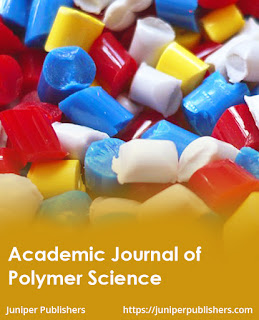Nickel and Palladium Catalyzed Olefin Polymerization-Juniper Publishers
JUNIPER PUBLISHERS- ACADEMIC JOURNAL OF POLYMER SCIENCE Abstract This review summarized the progress on transition metal catalysts for olefin polymerization, and focuses on the olefin polymerization by the late transition metal catalysts and the recent advances in catalyst design. In recent years, nickel and palladium complexes for olefin polymerization have received extensive researches owing to the precise control of branching microstructure, molecular weights and properties of the resulting polyolefins. Keywords: Nickel and palladium complexes; Olefin polymerization; Chain-walking; Branched polymer Abbrevations: MAO: Methylaluminoxane; CGC: Constrained Geometry Catalysts; LDPE: Low Density Polyethylene; LLDP: Linear Low-Density Polyethylene; HDPE: High-Density Polyethylene; PP: Polypropylene Introduction The research of the ethylene and α-olefins polymerizations using late transition metal catalysts should be highlight
